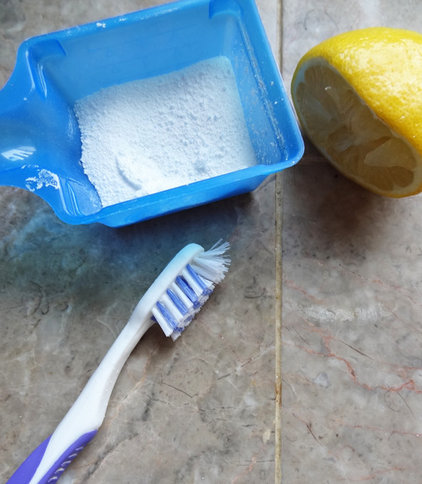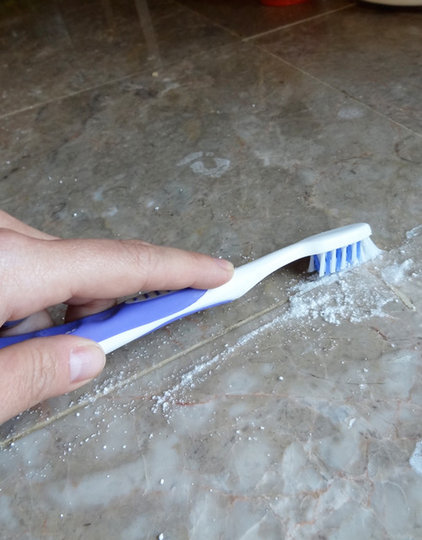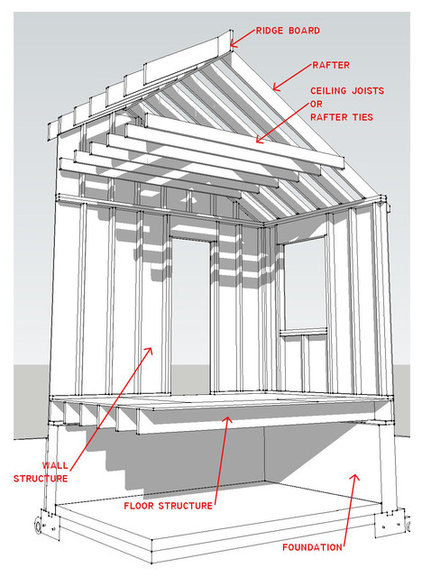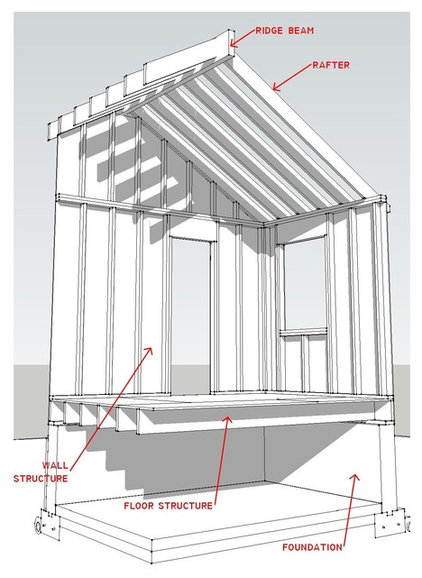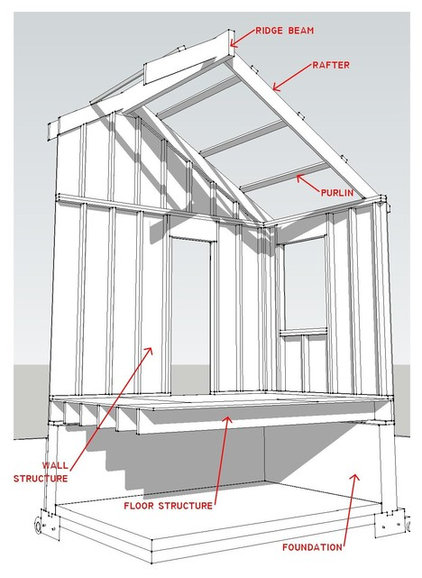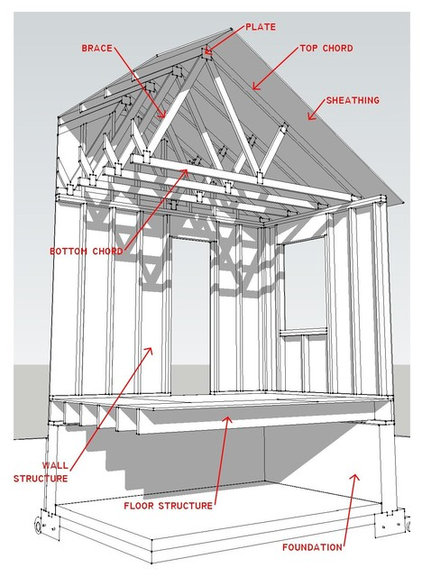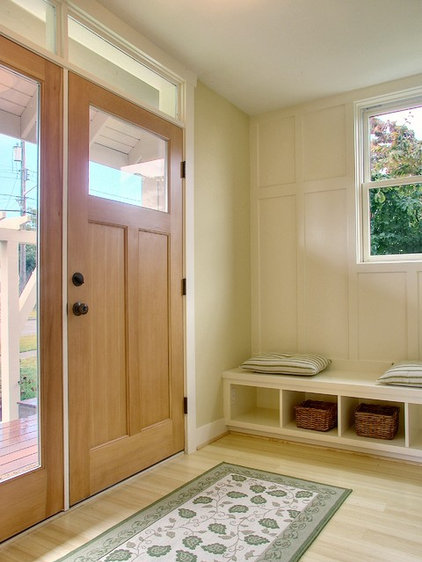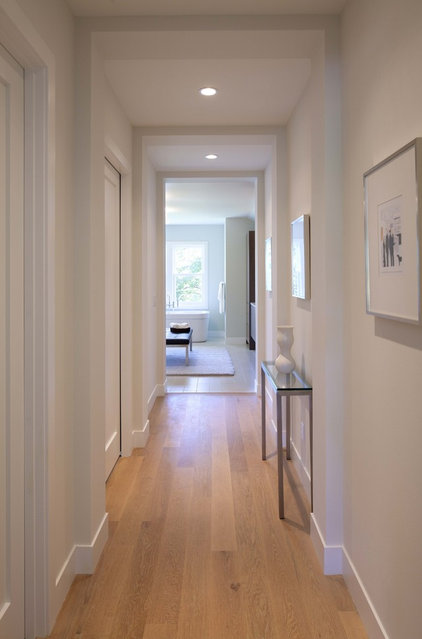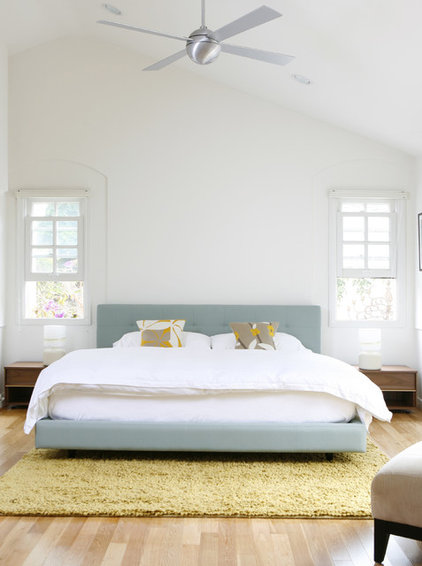Tuesday, June 25
Friday, June 21
Burlington Beach Strip
Making Burlington beach strip hydro towers disappear a tall order

Ridding Burlington's beach strip of skyline-dominating hydro towers would cost local taxpayers up to $36 million, according to early talks between utility and city officials.
And that estimate doesn't include the price tag of powering down Hamilton's side of the ship canal, either — a cost previously pegged at more than $70 million.
Burlington officials recently met with Hydro One for an "informal analysis" of the cost to move, bury or beautify the wall of 60-metre-tall transmission towers between downtown and the ship canal, said Councillor Rick Craven.
Options range from $8 million to swap out some "oil derrick-type" towers with less obtrusive poles, to $36 million to bury the 230,000-volt transmission lines, said Craven, calling those numbers "ballpark" figures.
"They repeatedly pointed out the city would be paying the costs, if this were ever to go ahead," said Craven, who expects council to request a formal Hydro One report. "Everyone wants to see them removed but the question is how, and how much."
There are 30 lakeshore power towers between downtown Burlington and Van Wagner's Beach, each about the size of the Royal Connaught Hotel.
So far, Burlington has only asked about its side of the ship canal.
"Once you get past the canal, that's Hamilton's responsibility," said Craven with a laugh.
Any plan to reroute the corridor would affect the "visual pollution" on Hamilton's beach strip, too, said Councillor Chad Collins, who wants to be involved in any formal study.
Collins said he asked Hydro One to estimate a relocation cost for the Hamilton side in 2009 and was told "at least $70 million."
Spokesperson Nancy Shaddick said Hydro One won't comment on informal conversations.
But an email to Collins from the utility said burying power lines along the lake would be "difficult if not impossible" due to erosion and environmental concerns.
Another option is to reroute the towers away from the lake and along the harbour side of the beach strip, closer to the treatment plant and port authority lands. But Hydro One told Collins the two cities would have to find a new right-of-way between Burlington and Van Wagner's Road, where the towers veer away from the lake.
If the beachfront towers do come down, area property values would go up "very rapidly," said Hamilton real estate agent Conrad Zurini.
"Conservatively speaking, I'd guess 15 or 20 per cent right off the bat," said Zurini, who cautioned the area is still overshadowed by the skyway and lacks amenities. "Right now, a significant number of people will simply refuse to buy (near a hydro tower)."
As it stands, available Beach Boulevard homes along the power corridor range from a townhome for $280,000 to a three-bedroom "luxury waterfront bungalow" for $880,000.
A hydro tower shuffle could also help the environment, said Collins, because machinery used for maintenance routinely damages sensitive beach ecology.
It might even prevent the odd lawsuit — Burlington settled with a woman who sued in 2007 after a power-line-zapped cormorant fell on her head in Beachway Park.
Craven said a clear skyline at Burlington's beach is likely a couple of decades away. "But part of our job is to cast our eyes 20, 25 years down the road and ask where we're going."
Wednesday, June 19
IS GROUT GROSSING YOU OUT???
by Meg Padgett
Tile — whether it's used as flooring, in the kitchen as a backsplash or for counters, or in the bathroom — has one great downfall: grout. Since grout is porous in nature, unsealed grout absorbs all kinds of stains, from mildew to coffee and everything in between. To say it's a headache to keep grout clean is an understatement.
Note: Be wary of using too much lemon juice with marble, since it can etch or damage the stone if left on too long. Hydrogen peroxide can be a safe alternative.
Note: Be wary of using too much lemon juice with marble, since it can etch or damage the stone if left on too long. Hydrogen peroxide can be a safe alternative.
We inherited marble tile counters when we purchased our home. It's pretty clear that the grout was never properly sealed, so it soaks up stains like crazy. It makes our kitchen feel gross and grimy, even if it was just cleaned. While I'd love to replace the counters with a solid surface like quartz, it's just not in our budget — plus, we just can't justify getting rid of something that's perfectly fine otherwise.
Luckily, I have a foolproof method that will lift most household stains from that pesky grout.
What you'll need:
• Warm water
• Coarse scrubbing brush (like an old toothbrush)
• Towel
• Lemon
Tip: Cleaning colored grout should be done with special care. Bleaching agents (like chlorine bleach) can discolor and harm the colored grout. Fortunately, oxygenated bleach does not contain corrosive chemicals and is safe to use on all grout.
1. Clean the surface thoroughly, removing any surface residue or debris. Let the grout dry fully.
2. Dissolve 2 tablespoons of oxygenated bleach in 2 cups of warm water. Wet the brush in the mixture and apply it to the grout. Let it soak in, then scrub the grout in a circular motion, which will loosen the stain more effectively than a front-and-back motion. If needed, dip the wet brush into the oxygenated bleach to make a paste. Wipe clean, then let dry.
Tip: To lift extra-dark stains, squeeze lemon juice onto the stain, let it soak in, then scrub, wipe clean and let the grout dry. Use lemon juice sparingly, since it can damage some tile finishes.
3. Spray the tiles and grout with an ecofriendly cleaning spray and wipe them clean. Let the grout dry fully before making a final decision on whether your hard work paid off — damp grout looks darker than dry grout.
4. Apply grout sealer after the grout has fully dried to avoid any future stains. Be sure to reapply it each year.
The stain on this grout, which is visible two photos above, came out pretty easily with the steps described here.
This coffee stain, on the other hand, took a bit more elbow grease, a longer soaking time and a few repeated attempts before it was sparkling clean again.
|
Still having trouble getting that grout clean? For those impossible-to-remove stains, you might want to consider:
Tip: An electric multitool, like the Dremel Mult-Max, helps to make quick and safe work of removing the old grout.
www.teambluesky.ca
|
Tuesday, June 18
8 Little Remodeling Touches That Make a Big Difference
by Samantha Schoech
When we did our remodel, our contractor suggested a thousand things I had never really thought about. They weren't necessarily design considerations; they were more quality-of-life considerations — just little things you didn't know you were missing until you had them.
Here are eight little touches I didn't know I couldn't live without until I lived with them. What are yours?
Here are eight little touches I didn't know I couldn't live without until I lived with them. What are yours?
1. A built-in dish soap dispenser. Because I don't care how nice the bottle is; it's just one more thing cluttering up your countertop.
|
2. Soft-close hinges. It is impossible to slam a drawer or cabinet in my kitchen. Each closes with a small whisper. It's calming somehow.
3. Large kitchen drawers. Looking down into a well-lit space is much better than looking deep into a dark cabinet. In this kitchen large drawers have completely replaced cabinets. Just make sure they are all soft close.
|
4. Undercabinet lighting. I know this seems like no-brainer, but before I had it I never knew how useful it could be for task lighting and mood lighting. But spring for LEDs. We opted for fluorescent to save money, and we regret it.
|
by Lumens »
5. Dimmer switches.Because there are a thousand stops between on and off.
6. A garage keypad. You will never be locked out of your house again.
|
7. A motion-activated porch light. You will never fumble in the dark for your keys again.
8. An automatic drip system. People told us, they did. But we didn't listen, and because of that we killed a lot of plants over 12 years. Last year we finally had an irrigation system put in. The yard is nicer, the plants are healthier and life is easier.
|
Know Your House: Components of a Roof
by Bud Dietrich
After you've installed your foundation, put down your floor structure and erected yourwalls, it's time to build your roof — one of the most important architectural elements. In fact, from the colonial home with its gable roof to a Prairie-style home with its hip roof, from a modern home with its low-sloping roof to an elegant mansard on an urban townhouse, we can't imagine a house style that doesn't have its associated roof configuration. Aligning the roof shape and configuration with the overall aesthetic you're after is essential to getting the look you want.
A roof also has an impact on the interior. Simply put, if all of the interior rooms have a flat ceiling of the same height, you can save time and money and have the roof built with manufactured trusses. If you're looking for some ceiling height variety and a vaulted ceiling in some rooms, you'll likely go with a stick-built roof that allows for this kind of flexibility. Or you can combine these two approaches to save time and money where possible while getting those special spaces you want.
Here are the different parts of a simple roof structure, how they come together and how they impact the interior spaces.
A roof also has an impact on the interior. Simply put, if all of the interior rooms have a flat ceiling of the same height, you can save time and money and have the roof built with manufactured trusses. If you're looking for some ceiling height variety and a vaulted ceiling in some rooms, you'll likely go with a stick-built roof that allows for this kind of flexibility. Or you can combine these two approaches to save time and money where possible while getting those special spaces you want.
Here are the different parts of a simple roof structure, how they come together and how they impact the interior spaces.
A simple, stick-built triangular roof structure has three main components.
First, there's a ridge board, which is a horizontal wood element at the peak of the roof, establishing the apex of the roof's triangle.
Next are the rafters,which are fastened to the ridge board and slope downward to the exterior walls. The rafters do the heavy lifting for a roof structure. While resisting the downward force of gravity, the sloping rafters also provide the means by which the house sheds water, keeping the interiors dry and habitable.
Last are the ceiling joists, which also act as ties. While the rafters resist the downward force of gravity, the ceiling joists will resist any outward thrust. Just think of it like this: The rafters, having stood up to gravity, want to take a rest and lie down. But if they were allowed to, they would push the exterior walls outward — not a good thing. The ceiling joists won't let this happen; they just keep pulling the walls back in.
First, there's a ridge board, which is a horizontal wood element at the peak of the roof, establishing the apex of the roof's triangle.
Next are the rafters,which are fastened to the ridge board and slope downward to the exterior walls. The rafters do the heavy lifting for a roof structure. While resisting the downward force of gravity, the sloping rafters also provide the means by which the house sheds water, keeping the interiors dry and habitable.
Last are the ceiling joists, which also act as ties. While the rafters resist the downward force of gravity, the ceiling joists will resist any outward thrust. Just think of it like this: The rafters, having stood up to gravity, want to take a rest and lie down. But if they were allowed to, they would push the exterior walls outward — not a good thing. The ceiling joists won't let this happen; they just keep pulling the walls back in.
An important design consideration is where to locate the ceiling joists, or rafter ties. These don't have to be set at the top of the exterior wall; they can be set higher up, allowing for a taller ceiling.
What's important is that the rafter ties be placed in the lower third of the overall roof structure height. This makes sense, as most of the outward thrusting action these ties are designed to resist is located lower in the roof structure, closer to where the rafters meet the exterior walls.
Setting the ceiling joists higher like this is, with the addition of some framing at the room ends, also the method used to create a tray ceiling.
What's important is that the rafter ties be placed in the lower third of the overall roof structure height. This makes sense, as most of the outward thrusting action these ties are designed to resist is located lower in the roof structure, closer to where the rafters meet the exterior walls.
Setting the ceiling joists higher like this is, with the addition of some framing at the room ends, also the method used to create a tray ceiling.
Let's say you want a really tall vaulted ceiling for a large great room. If this is the case, you'll want to get rid of the rafter ties altogether and replace the thin and light ridge board with a heavier and stronger ridge beam.
The rafters will get securely fastened to this ridge beam so that the whole assembly will resist the outward thrust of the rafters. And because these ridge beams can be quite massive, they become a distinctive architectural element in their own right.
The rafters will get securely fastened to this ridge beam so that the whole assembly will resist the outward thrust of the rafters. And because these ridge beams can be quite massive, they become a distinctive architectural element in their own right.
Another roof element, though not a common one, is the purlin. This is a board that spans rafters, or trusses, providing a way to fasten the roof sheathing and subsequent roofing materials.
Purlins were traditionally used when the rafters were placed farther apart to save on materials in utilitarian buildings such as barns. But purlins have become popular in residential construction because of their unique architectural look. In fact, using purlins will create the illusion that the actual ceiling floats above the rafters, something that can be architecturally distinctive.
Purlins were traditionally used when the rafters were placed farther apart to save on materials in utilitarian buildings such as barns. But purlins have become popular in residential construction because of their unique architectural look. In fact, using purlins will create the illusion that the actual ceiling floats above the rafters, something that can be architecturally distinctive.
Last but not least aremanufactured trussesmade of 2-by-4 (sometimes 2-by-6) lumber and metal connecting plates. Trusses such as these are used quite often on large tract developments due to the efficiency of their repetitive design.
But these trusses are also used in custom construction too, as they can be a great way to save time and money. Even with a complex roof shape, trusses can be engineered and built on a made-to-order basis. And because of the efficient use of material and less waste generated when they're built in a factory, manufactured trusses can be a more sustainable way to build.
One caveat about a house built with these types of trusses: A roof built with manufactured trusses is more difficult to modify than a comparable stick-built roof. So if your home has ceilings all the same height and a truss-built roof, you'll find it more difficult to open rooms up and get that tall ceiling you want for that new great room. Be sure to get help from an architect or engineer before you modify the roof structure.
But these trusses are also used in custom construction too, as they can be a great way to save time and money. Even with a complex roof shape, trusses can be engineered and built on a made-to-order basis. And because of the efficient use of material and less waste generated when they're built in a factory, manufactured trusses can be a more sustainable way to build.
One caveat about a house built with these types of trusses: A roof built with manufactured trusses is more difficult to modify than a comparable stick-built roof. So if your home has ceilings all the same height and a truss-built roof, you'll find it more difficult to open rooms up and get that tall ceiling you want for that new great room. Be sure to get help from an architect or engineer before you modify the roof structure.
www.teambluesky.ca
Monday, June 17
Canada’s cure for summer heat
Icewine is Red Hot
|
 As the heat waves start rolling this summer, cool off with a bottle of Canadian icewine, as cold and refreshing as the country’s below-zero temperatures, minus the frostbite. Icewine is made from frozen grapes (by law they can only be harvested when the temperature is under 18°F) that are hand-picked. The super-concentrated juice is then gently pressed out of them to create the sweet, high-acid, magically delicious wine that has become famous around the world. On average, icewines range from 12.5 to 20 percent residual sugar, but their super high acidity level keeps the wine refreshing instead of syrupy sweet. As the heat waves start rolling this summer, cool off with a bottle of Canadian icewine, as cold and refreshing as the country’s below-zero temperatures, minus the frostbite. Icewine is made from frozen grapes (by law they can only be harvested when the temperature is under 18°F) that are hand-picked. The super-concentrated juice is then gently pressed out of them to create the sweet, high-acid, magically delicious wine that has become famous around the world. On average, icewines range from 12.5 to 20 percent residual sugar, but their super high acidity level keeps the wine refreshing instead of syrupy sweet.Icewines can be white or red. The white versions are generally based on riesling or vidal blanc grapes; the red versions, on cabernet franc. And while you can drink them alone as desserts themselves, icewines also pair well with all kinds of food, from salty cheeses like aged cheddar to fruit-based desserts like strawberry trifle for white icewines and bittersweet chocolate truffle cake for red icewines. To see more delectable food pairings, visit top icewine producer Inniskillin’s website, where Estate Chef David Penny shares his pairing tips and recipes. Some of our favorite icewines: MISSION HILL WINERY Reserve Riesling Icewine (Okanagan Valley, Canada) $59 (375ml half bottle) INNISKILLIN Riesling Icewine (Okanagan Valley, Canada) $60 (375ml half bottle) PELLER ESTATES WINERY Cabernet Franc Icewine (Niagara Peninsula, Canada) $49 (200ml bottle) |
Friday, June 14
What Makes a Homes Foundation
Bud Dietrich
In many respects the foundation is the most important element of any building, be it a house or a high-rise. Simply put, the foundation is what everything rests on. So getting the foundation right will go a long way toward having a sound and stable building for many years.
From pilings to piers to spread footings and more, foundations can be built in many ways. The most common, though, is the simple foundation wall made of poured concrete or concrete block, and a poured concrete footing system. The vast majority of homes in North America are built using this approach, as it's relatively inexpensive and there are scores upon scores of tradespeople able to quickly and efficiently build it. Therefore, the focus of this piece is on the typical wall and footing foundation system.
And remember that you should consult a local architect or builder to review any planned foundation and how local building codes will impact the system design and construction.
From pilings to piers to spread footings and more, foundations can be built in many ways. The most common, though, is the simple foundation wall made of poured concrete or concrete block, and a poured concrete footing system. The vast majority of homes in North America are built using this approach, as it's relatively inexpensive and there are scores upon scores of tradespeople able to quickly and efficiently build it. Therefore, the focus of this piece is on the typical wall and footing foundation system.
And remember that you should consult a local architect or builder to review any planned foundation and how local building codes will impact the system design and construction.
The three structural parts of this kind of foundation:
A very important design consideration is placing the bottom of the footing below the frost line. This line exists at some distance below the surface and is where the ground, or any moisture in the ground, doesn't freeze. Placing the footing below the frost line is essential to prevent any heaving or other movement caused by the freeze-thaw cycle. Note that the depth of the frost line varies by location. The frost line is closer to the ground surface in warmer climates and much deeper in colder climates. But it's essential to know where your frost line is when designing your home's foundation. |
Keeping water out. A foundation system is in many ways like a big bathtub. But rather than keeping water in, we want to keep water out. Several components built into a foundation do just that.
First, the exterior, ground-side face of foundation walls will have a waterproofing material installed on it. This material should be strong enough to prevent punctures or tears and flexible enough to allow for any movement the foundation will experience. This moisture barrier should form a skin not only over the wall but at the top of the footing as well. Next in the line of defense against water is a perimeter drain near the bottom of the footing. This drain is a perforated pipe surrounded by crushed stone to keep dirt and debris from blocking the perforations. Groundwater will find its way to this drain and be channeled away from the footing. Making sure that these drains are clear is a critical step in making sure water doesn't get into the basement or crawl space. Other parts of the waterproofing system:
www.teambluesky.ca
|
Thursday, June 13
18 Ways to Allergy Proof your Home
Laura Gaskill
18. Keep the air fresh.Open the windows to let in fresh air, unless you have seasonal allergies, and consider using a room air filter to clean the air. Avoid using fireplaces and definitely do not allow smoking in the house.
If you or someone else in your house suffers from allergies, you'll want to get the house as allergen free as possible. Whether you are allergic to dust, pets, mold, pollen or all of the above, it can be hard to know where to begin. These 18 ways to combat allergens and create a cleaner, healthier home will get you started.
1. Stick to a regular cleaning schedule. Keeping dust and pet dander at bay is a continual process, and it's especially important to stay on top of cleaning when allergies are a concern. Be sure to wipe surfaces with a damp rag rather than dry dusting, which often just brushes dust back into the air.
Ideally, members of the household without allergies would take on the dustiest jobs, but if you have bad allergies and must clean, wear a dust mask — or hire a cleaning service if you can. |
2. Start a no-shoes policy and beef up doormats. Keep dust, pollen and more from entering your house in the first place by encouraging visitors to slip off their shoes at the door. Provide ample interior and exterior doormats to trap shoe muck and a basketful of slippers for guests.
3. Upgrade your vacuum cleaner. Get one with a HEPA filter to trap allergens — these filters work wonders. Also be sure to choose a vacuum cleaner with a bag that can be changed easily (that is, without spewing dust everywhere).
|
4. Swap out heavy drapes. Thick drapes with lots of folds and pleats are masters at trapping dust and other allergens. Instead choose blinds you can wipe down or machine-washable curtains.
5. Remove carpeting.Traditional wall-to-wall carpeting is notoriously difficult to get and keep clean. Whenever possible, go with hard flooring (wood, tile, linoleum) instead.
6. Steam clean; don't shampoo carpets and area rugs. If you really want carpeting, vacuum it regularly with a vacuum that has a HEPA filter (see above) and deep clean with a steam cleaner. Most rented carpet shampooers do not get hot enough to get rid of allergens, so consider making the investment in a real steam cleaner to keep at home.
7. Store all food in airtight containers. Don't tempt bugs and mice — every time you open a package, put the contents inside an airtight container in the cupboard or fridge.
8. Green your cleanup. Harsh chemical cleaners may irritate those with allergies. Luckily, it's quite easy to find safe and effective natural cleaners, so you can cut back on the synthetic stuff. |
9. Cover mattress and pillows. Zip on dust mite covers to protect your sleeping area. If you have kids, be sure to get covers for their mattresses and pillows, too.
10. Keep under the bed free of clutter. Clutter attracts dust bunnies and makes it more difficult to reach the entire space to vacuum. Keep this area clean and clear, and be sure to reach under with a hose attachment to vacuum regularly.
10. Keep under the bed free of clutter. Clutter attracts dust bunnies and makes it more difficult to reach the entire space to vacuum. Keep this area clean and clear, and be sure to reach under with a hose attachment to vacuum regularly.
11. Streamline kids' spaces. Children's rooms accumulate stuff like nowhere else in the house. But if allergies are a problem, having lots of toys — especially soft toys — everywhere will only make things worse. Try rotating out toys to keep things fresh (and neat), and store extras in an out-of-the-way closet. Washing stuffed animals when possible can also help keep dust at a minimum.
|
12. Wash linens in hot water. Bedding, towels and kitchen linens should be laundered in hot water — remember that when you are shopping and choose fabrics that can stand up to the heat.
13. Store only clean, dry items in closets.Putting away clothes or linens that are still slightly damp can create the perfect environment for mildew and mold to grow, while dirty clothes and blankets attract fabric-eating moths. Keep your closets fresh and bug free by washing and thoroughly drying items before storing them for the season.
14. Clean and ventilate the bathroom regularly. Frequent cleaning and plenty of fresh air should keep mildew and mold at bay. But if you do see mold, be sure to use a cleaner that says it kills mold — not all of them do.
15. Replace filters in fans and heating and cooling systems. This is key for keeping the air in your home clean. Each time you change the filter in your bathroom exhaust system or air conditioning or heating system, mark the next change date on the calendar. |
by Niche Interiors »
16. Keep pets out of bedrooms, at a minimum. No matter how sweet and cuddly your furry friend is, if he's making you wheeze, it's time to set some boundaries. Keeping pets in a protected outdoor area would probably be ideal, but at the bare minimum enforce a no-pets policy in bedrooms.
17. Detox your home.Harsh chemicals can aggravate allergies, so do your best to avoid bringing them into your home. Swap out chemical cleaners and air fresheners for natural versions, and air out new furnishings and freshly dry cleaned clothes to give toxins a chance to off-gas.
18. Keep the air fresh.Open the windows to let in fresh air, unless you have seasonal allergies, and consider using a room air filter to clean the air. Avoid using fireplaces and definitely do not allow smoking in the house.
www.teambluesky.ca
Subscribe to:
Posts (Atom)
